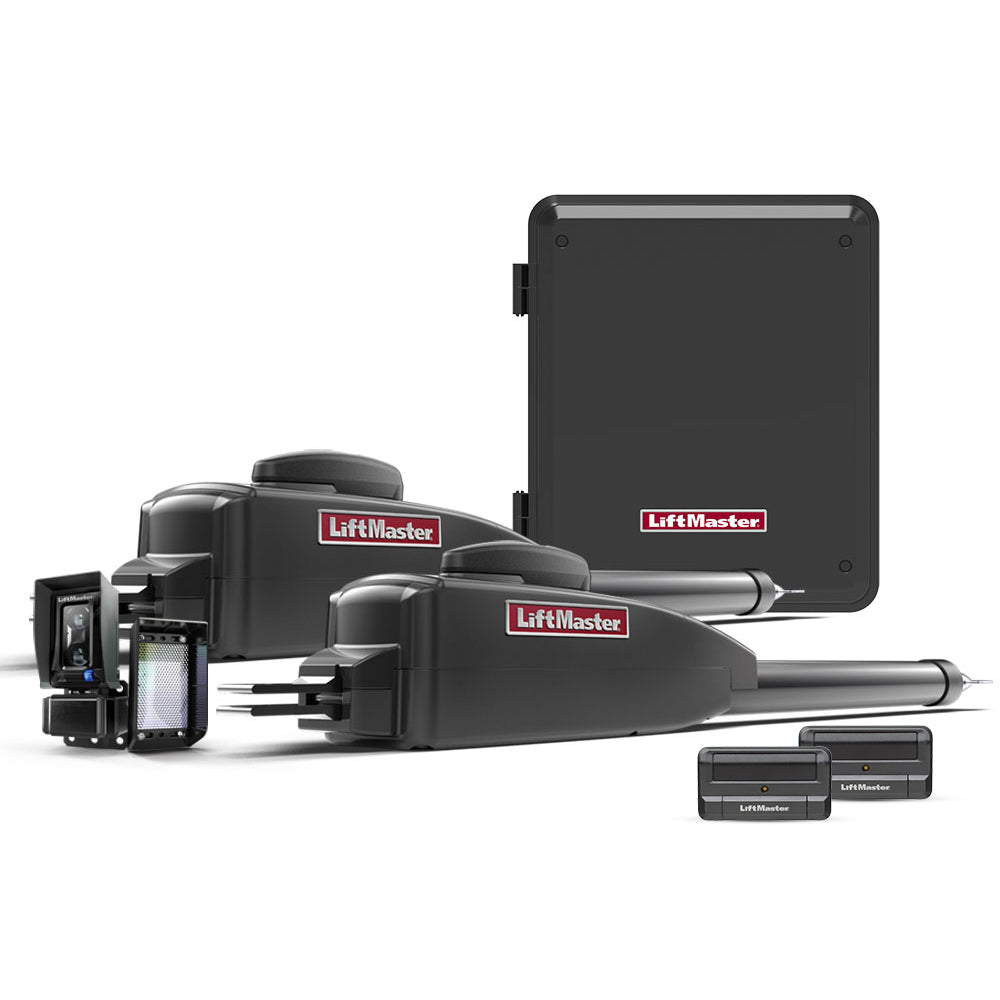Using a safety suit is a practice of ensuring workplace safety, particularly in jobs exposed to hazards. Personal protective equipment (PPE) prevents occupational injuries, illnesses, and fatalities. For these reasons, compliance is strictly observed across all industries.
Different careers require different protective clothing, depending on the types of workplace hazards one may face. Safety suits can be used as protective clothing during disasters and emergencies.
All Security Equipment brings you quality safety suits for reliable workplace safety and protection. We also have hazmat suits for children to ensure everyone's safety during calamities and CBRN threats.
Choosing the Right Safety Suit
The main purpose of a safety suit is to protect workers from hazardous materials and substances. When selecting a safety suit, consider the following factors:
Type of Hazard
Assess and identify workplace risk, personal exposure, and the level of hazard, then choose the appropriate material for it. Will you be dealing with flames, chemicals, toxic gases, liquid aerosols, ballistic risks, and environmental, biological, or mechanical hazards?
Your company should provide you with regulated personal protective equipment mandated by the Occupational Safety and Health Administration (OSHA). These suits meet the relevant occupational standards and regulations as provided.
Material
The effectiveness and comfort of the protective clothing you wear depend on its materials. The materials used vary depending on their intended applications, but generally, a safety suit is made of nylon, cotton, polypropylene, and microporous barrier film.
Rubber, polyester, latex, vinyl, cotton and neoprene are examples of chemical-resistant materials. Leather, carbon fiber and treated cotton are fire retardants, although not fireproof. Cotton, fleece, wool, and rubberized shells are for cold-weather use, while natural rubber and PVC are the best materials to use for rainwear suits.
Protection Levels
Safety suits are classified according to their overall level of protection.
- Level A: Requires the highest level of protection due to the high risk of exposure to hazardous materials. Level A protection includes a fully encapsulating shielded suit, coveralls, long underwear, gloves, chemical-resistant boots, and a hard hat. It also has face protection, a positive pressure-supplied air respirator, a disposable protective suit, and outer gloves.
- Level B: This suit provides lower-level skin protection and high-level respiratory protection. It includes a positive-pressure full-face piece with a self-contained breathing apparatus. Hooded-chemical-resistant suits, coveralls, gloves, steel-toed boots, hard hats, and face shields are also required.
- Level C: Level C clothing is used when skin exposure is minimal and the risk of exposure is lower than levels A and B. It focuses on respiratory protection and requires negative pressure air purifying respirators along with protective suits, boots, hard hats, and coveralls.
- Level D: This is the least restrictive and includes regular and basic work clothing without the need for respiratory protection. Coveralls, gloves, steel-toe boots, safety goggles, hard hats, and escape masks or face shields are included in Level D safety suits.
Functional Features
A good safety suit balances safety and comfort. Examine the design and construction and determine if it has all the functional features you expect. For example, some suits have reinforced seams, zippers and closures for easy donning and adjustable closures at the wrists and ankles for a more secure fit. Safety suits may also come with integrated gloves, sleeves, and boots.
Choose a safety suit constructed from breathable fabric. This will ensure comfort and ventilation, which is useful if you intend to wear the suit for long periods. A good ventilation system prevents overheating and ensures long-lasting comfort.
Proper Fit and Size
An ill-fitted safety suit is uncomfortable for the user. It may also increase your risk of accidents, such as tripping over an oversized coverall. Safety suits are available in different sizes for various fit and accommodate different body types.
All Security Equipment hazsuits from Mira Safety come in different sizes to fit children, teens, and adults, ranging from extra small to extra large body frames. Additionally, safety suits with adjustable straps and closures are great for adjusting it to the proper fit.
Durability
Reusable safety suits need to be durable enough to withstand heavy laundering aside from meeting the demands in the workplace. The suit must be easy to clean and maintain to prolong its lifetime. When handled properly, protective suits with rubber fabric can have an almost unlimited life.
Maintaining a Safety Suit
With proper care and maintenance, some safety suits can last from 5 to 10 years to almost a lifetime. Clean your suit according to the manufacturer’s instructions. Use the appropriate cleaning agents and disinfectants to protect the suit material.
Improper cleaning, disinfecting, and storage can damage a safety suit. It may also reduce the protective quality of the material, which can ultimately jeopardize your safety when wearing it.
It is also important to regularly check the safety suit for wear and tear or any related changes so as not to compromise safety. To preserve its protective shield, store the safety suit in a cool and dry place, away from direct sunlight.
Please note that not all safety suits can be reused. Disposable suits are good for one-time use only. Protective clothing that has been contaminated may be decontaminated and reused, depending on what it was exposed to. Refer to the manufacturer's instructions for the reuse, decontamination, and proper disposal of the product.
Choosing the Right Safety Suit
All Security Equipment offers safety suits that have been tested and proven against common threats. Our suits have been tested against chemical warfare agents (CWA) and toxic industrial chemicals (TIC) for maximum protection against various threats.
Our products are proudly made in the United States and trusted by professionals across the globe for various applications. With increased strength and premium quality, ASE safety suits guarantee long-lasting protection in case of a disaster.
Feel free to contact our help center for any additional information that you may need regarding our safety suits and other products.












